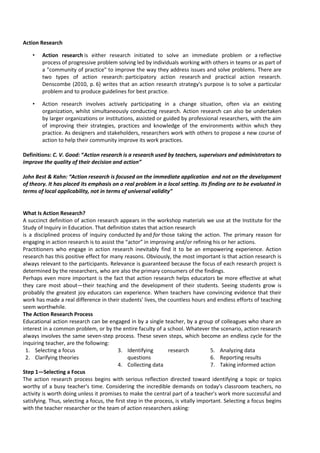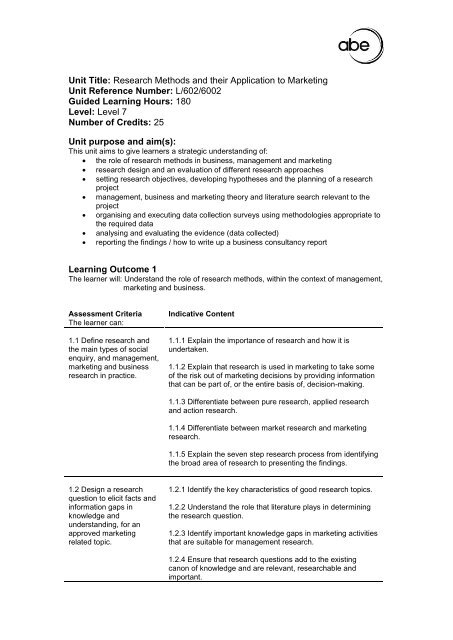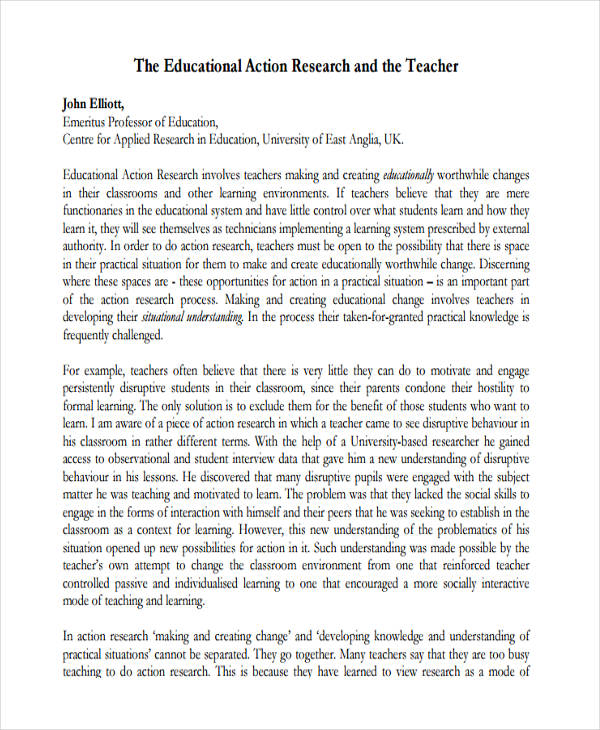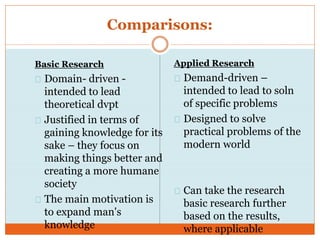Applied research and action research are two types of research that are often used in the fields of education, psychology, and social sciences. While both approaches involve the systematic collection and analysis of data, there are some key differences between the two that are worth noting.
Applied research is a type of research that is designed to solve practical problems or address real-world issues. It is often conducted by researchers who work in academia or government agencies, and its primary goal is to generate new knowledge that can be used to inform policy or practice. Applied research is typically characterized by its rigorous and systematic methodology, which often involves the use of quantitative data and statistical analysis.
On the other hand, action research is a type of research that is focused on addressing a specific problem or issue in a particular context. It is often conducted by practitioners who are actively involved in the field, such as teachers or social workers. Action research is characterized by its participatory approach, in which researchers work closely with the people who are directly affected by the problem being studied. This collaborative process allows researchers to gain a deeper understanding of the problem and to develop more effective solutions.
One key difference between applied research and action research is the level of control that the researcher has over the research process. Applied research is typically conducted in a controlled environment, with the researcher having a high level of control over the variables being studied. In contrast, action research is often conducted in a more naturalistic setting, with the researcher having less control over the variables being studied. This difference in control can affect the validity and reliability of the research findings.
Another difference between applied research and action research is the focus of the study. Applied research is often focused on generating new knowledge and understanding the underlying principles that govern a particular phenomenon. Action research, on the other hand, is more focused on addressing a specific problem or issue and finding practical solutions to that problem.
In conclusion, applied research and action research are two distinct approaches to research that are used to address different types of problems. Applied research is focused on generating new knowledge and understanding underlying principles, while action research is focused on addressing a specific problem and finding practical solutions. Both approaches have their strengths and limitations, and the choice of which approach to use will depend on the specific goals and context of the research project.







